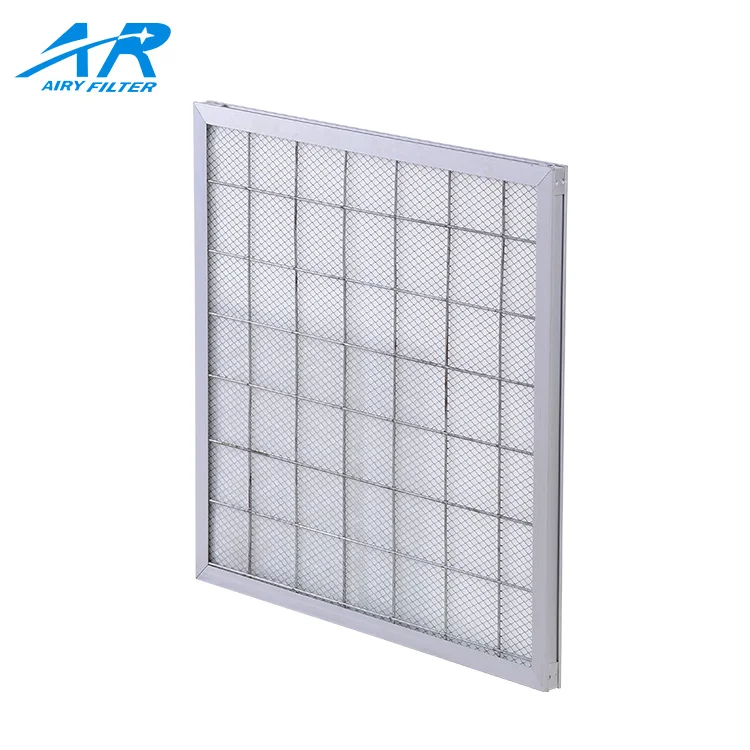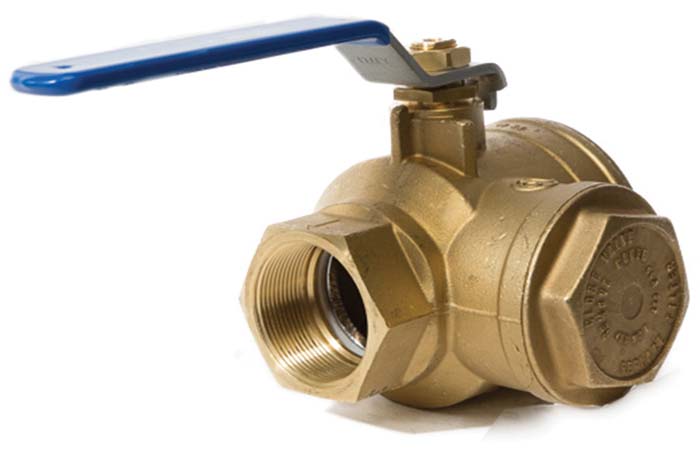
That’s obviously bad news, which is why oiled-foam filters need to be washed and re-oiled as often as every ride, and it’s a messy procedure. When a foam filter gets dirty enough that all the oil dries out, it’s possible for dusty air to make its way through the foam and into your engine. They perform well in dirty and wet conditions, though they require frequent washing and re-oiling. It’s a very effective means of filtration as long as there’s still oil available to capture dirt.įoam filters are common on off-road vehicles.

Air has to wiggle and wind its way through the foam, which is not only layered coarse to fine, but saturated in a super-tacky oil that grabs and holds grime. In fact, it’s what’s known as a “depth” filter and is typically an inch thick. Oiled foam operates on the same dirt-capturing principle as the K&N, but it’s thicker. Get an OEM paper filter or gauze filter wet and the fibers will swell, strangle airflow and possibly stall your engine. They also function when wet since the foam and oil aren’t absorbent. You see this style of filter stock on off-road vehicles because oiled foam can hold a lot of dirt while still flowing well, so they’re well-suited to super dusty environments where a paper filter would clog up quickly. A loose weave allows air to pass through easily. Oiled-gauze filters like this (used) K&N are made up of several layers of cotton fabric sandwiched between metal screens.

A K&N does cost more than an OEM paper filter, usually about 50% to 100% more, and you’ll need to buy the $20 cleaning and re-oiling kit, but in the long run it can save you money, not to mention save trash from going to a landfill somewhere. And that’s a key benefit to oiled-gauze filters - you can reuse them over and over. You’ll see all the crud the filter collects when you wash it out. And a K&N style filter can hold a lot of dirt, which often means more miles before you need to wash it. Luckily, the filtering material is oiled, so as dirty air swirls through and around the fiber filaments, the oil grabs and holds the grime. In fact, if you hold it up to the light you can actually see through it, which doesn’t seem like a great characteristic for something that’s supposed to keep dust out of your engine. The gauze is more porous, so it flows more air. It resembles an OEM paper filter, but the pleats are composed of layers of oiled cotton gauze, not a single sheet of paper. K&N is probably the most well-known aftermarket filter on the market. This sticky substance helps the filter capture fine dust. Old-school paper filters were white, but most modern OEM filters are either green or red due to their viscous coating. First, they can offer increased airflow, which could make more power - more on that in a minute - and second, they’re almost always reusable. They’re also disposable, as in once it’s dirty, you throw it out and replace it with a new one that may cost $20 to $40.Īftermarket filters are appealing for two reasons. So a big downside is that they’re restrictive, at least compared to “high flow” performance filters. OEM filters are very effective, but their priority is filtering particulates and protecting the engine, not maximizing air flow. That limits their total debris load, which is why paper filters feature so many pleats. Paper filters are considered surface filters, because they block debris right on the face of the element. It only takes up a little more space than a flat filter, but has vastly more surface area and thus more pores, more airflow and a longer service life before it gets stopped up. So to get more flow and increase the filter’s dirt-holding capacity, the element is pleated, like an accordian. The problem is, paper filters are restrictive and those tiny pores plug up quickly. Many modern OEM filters even have a viscous coating to help trap fine dust. Tiny pores in the paper let air through but keep the vast majority of dirt out. Most OEM filters are made of cellulose, or paper, like a coffee filter. And when it comes to replacement air filters, they come in three flavors: OEM paper, oiled cotton gauze and oiled foam. That’s why you’re supposed to replace the filter every 10,000 to 15,000 miles. As the filter does its job it gets loaded up with dirt, and a dirty filter is going to rob your engine of power and put a dent in your fuel mileage.

Without it, dust and debris in the air would wear down your piston rings and cylinder walls like a storm erodes a coastline. The air filter is the unsung hero of every engine on the road. When it comes to removing debris from the air you can rely on OEM paper (right), oiled cotton gauze (middle) or oiled foam (left). Effective air filtration is critical to your engine’s survival.


 0 kommentar(er)
0 kommentar(er)
